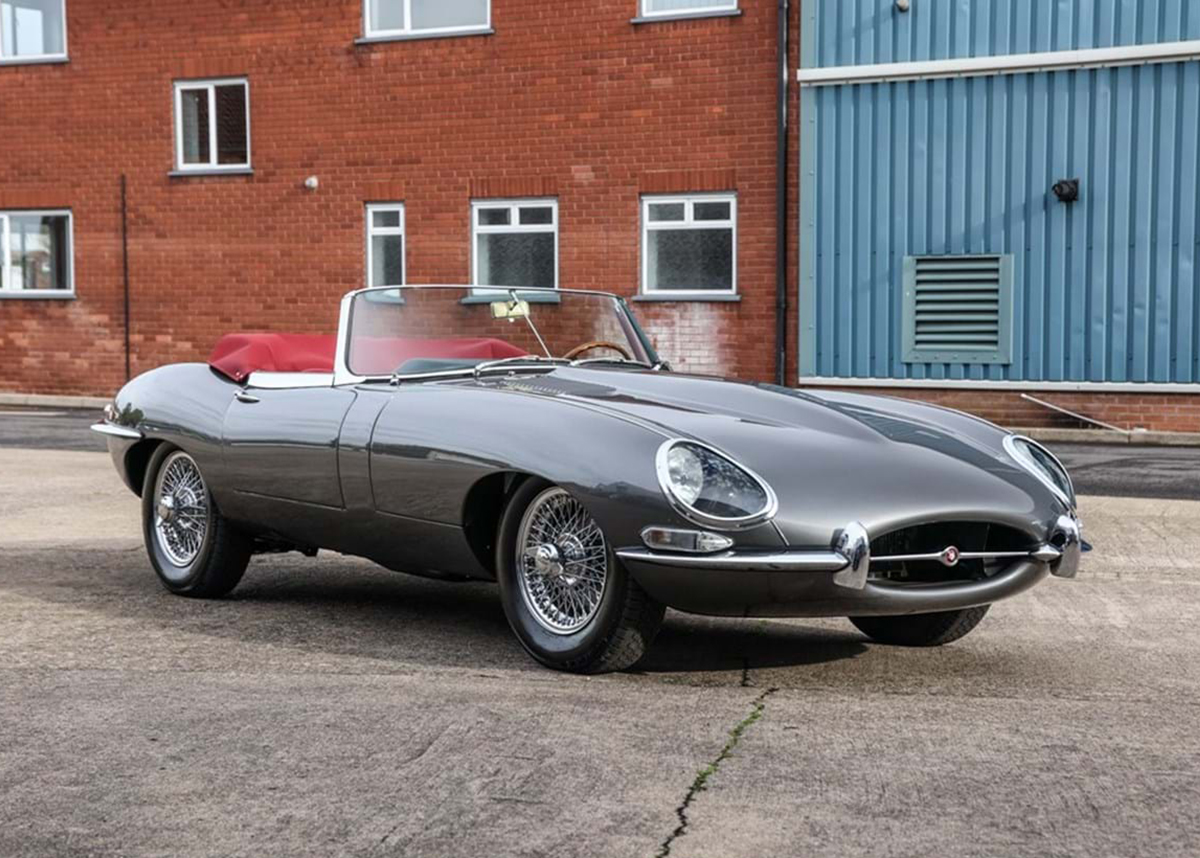Photo credit: Historics
There are many variables that affect the result of an auction. First and foremost a good correspondence between the profile of the cars offered and the public present in the hall. Observing just how many of the most important lots of the Historics auction in Brooklands, England, went unsold (actually they were sold in post-auction consultations, and therefore cannot be counted), it’s hard not to question the offer mix and, consequently, the reactivity of the room.
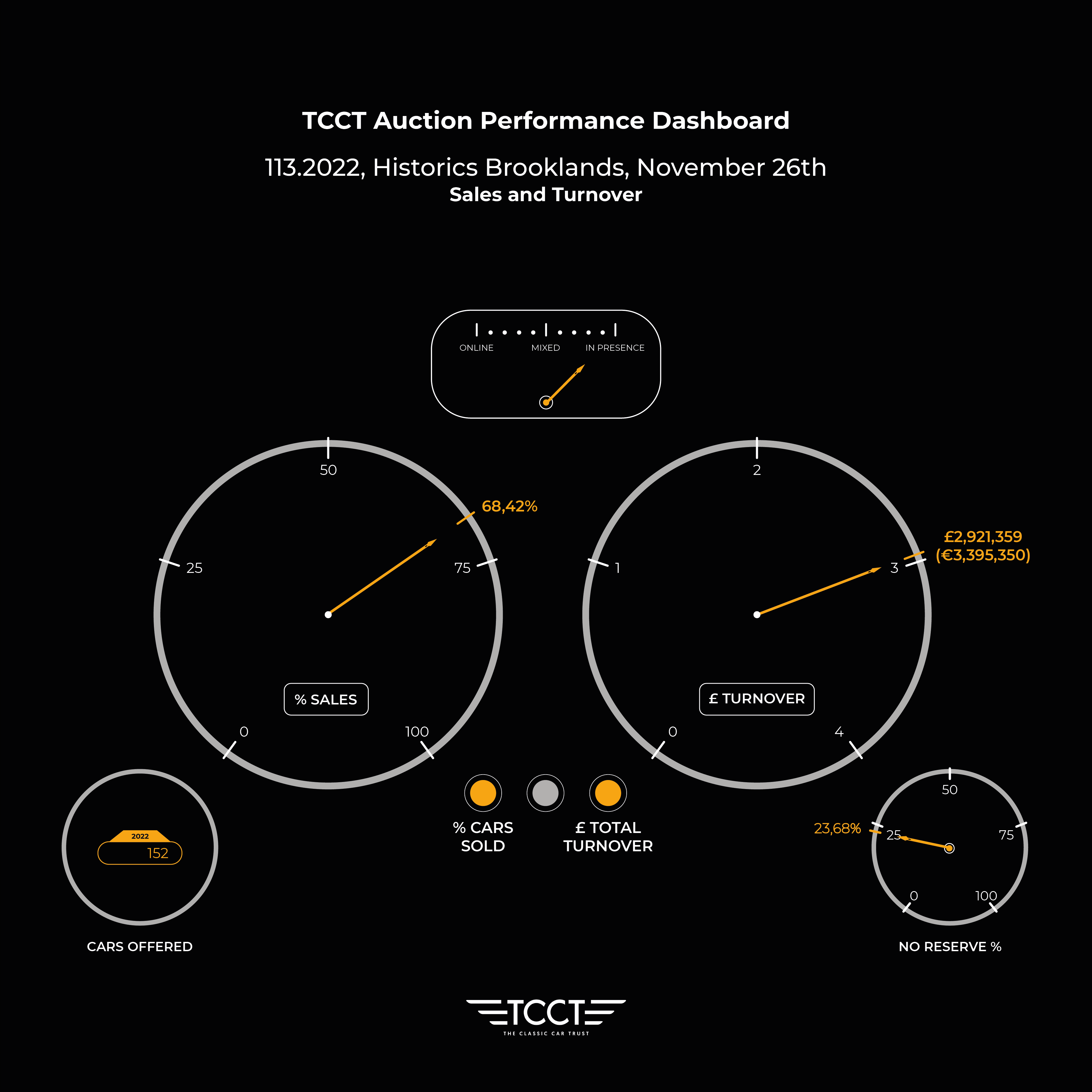
Looking at the numbers, 104 cars sold out of 152 on offer, or 68.42%, sits almost perfectly within the norm for auctions of late, however in terms of value, this percentage drops to 42.37% with an average price of £28,090 (€32,650) per car.
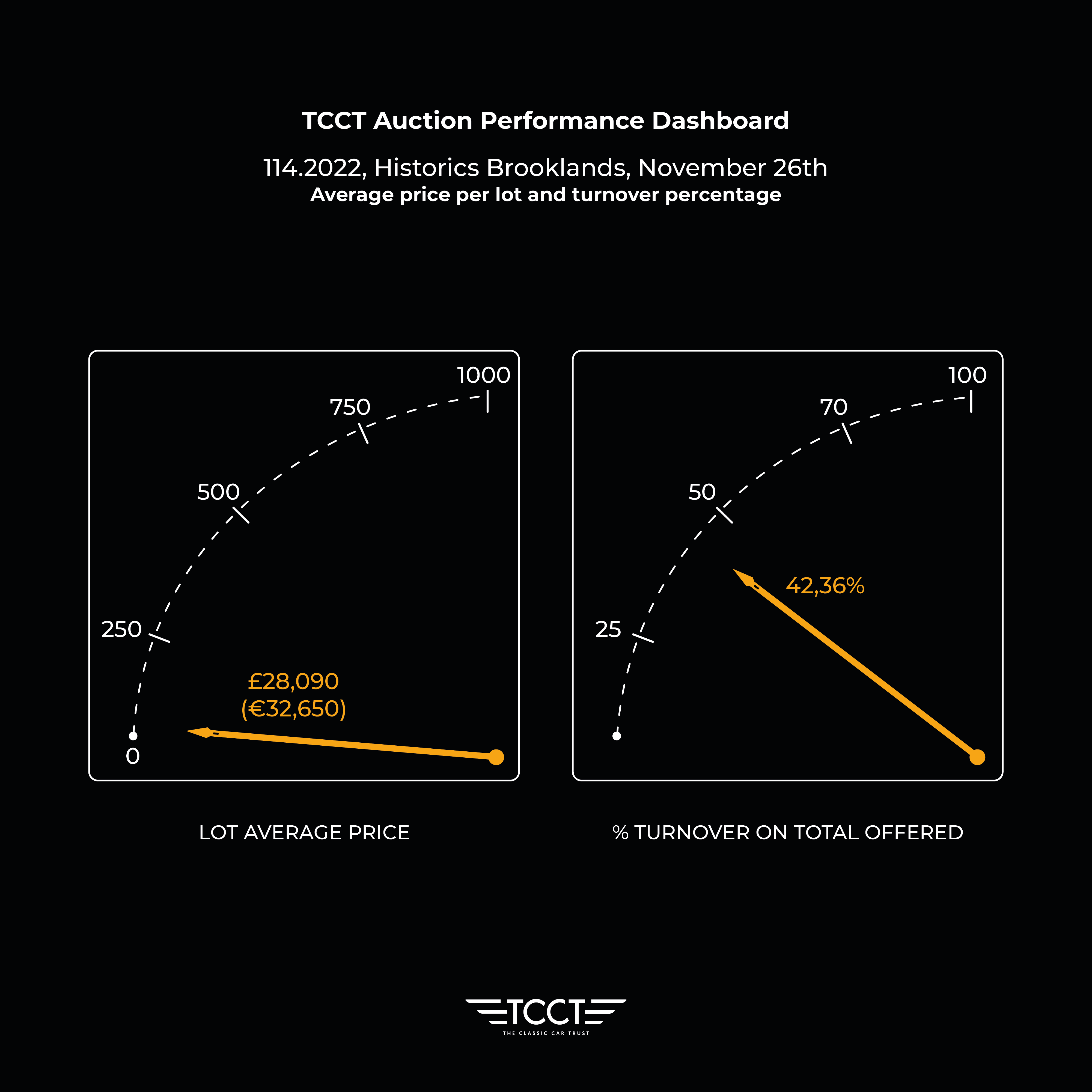
Let’s try to understand what happened by looking at the results: there were three top lots with asking prices in excess of £500,000 each. As you might expect, they were all local and produced in the heyday of British motoring, between 1950 and 1968.
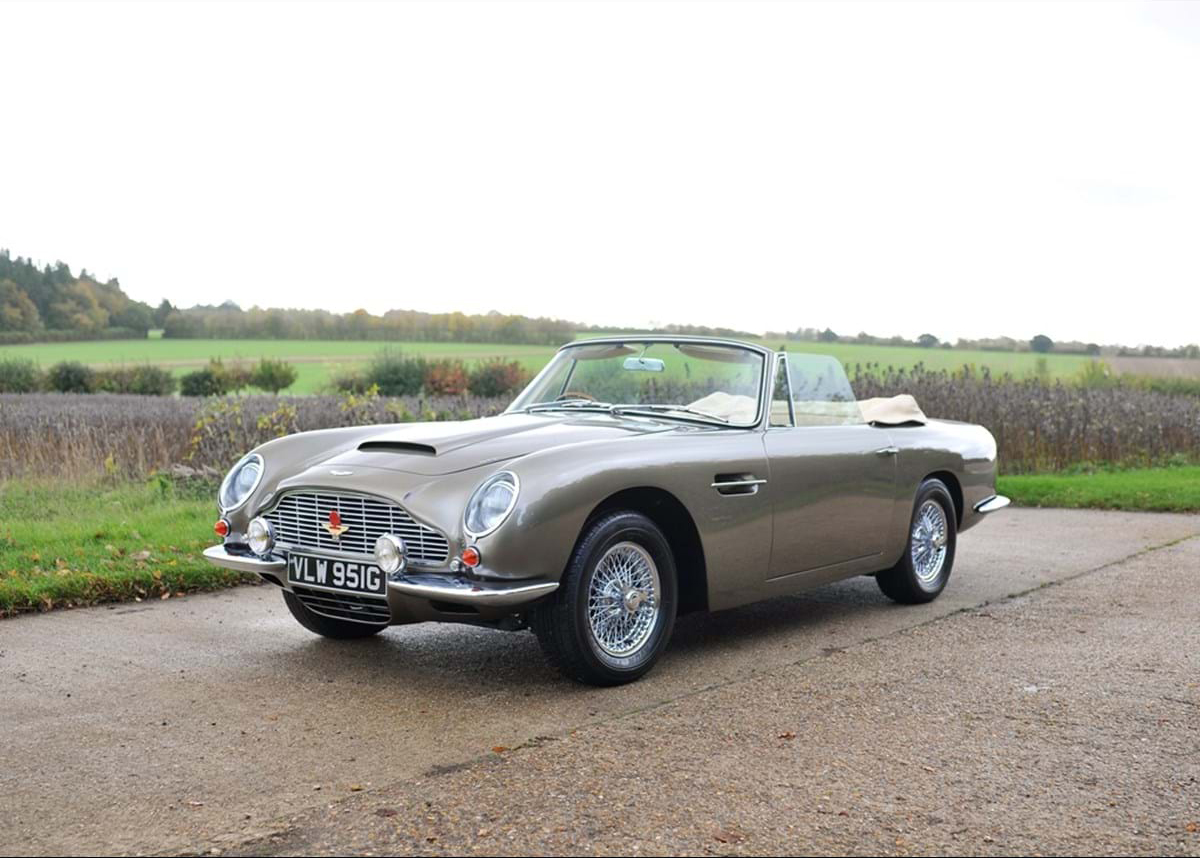
This elite group included a beautifully restored 1968 Aston Martin DB6 Volante, a 1964 Aston Martin DB5 Saloon with an engine “bored out” to 4.2 litres, and a 1950 Jaguar XK120 Roadster that was once raced in anger by the famous Duncan Hamilton. Incidentally, this last car had gone unsold in two auctions in 2020 with a maximum bid of £340,000.
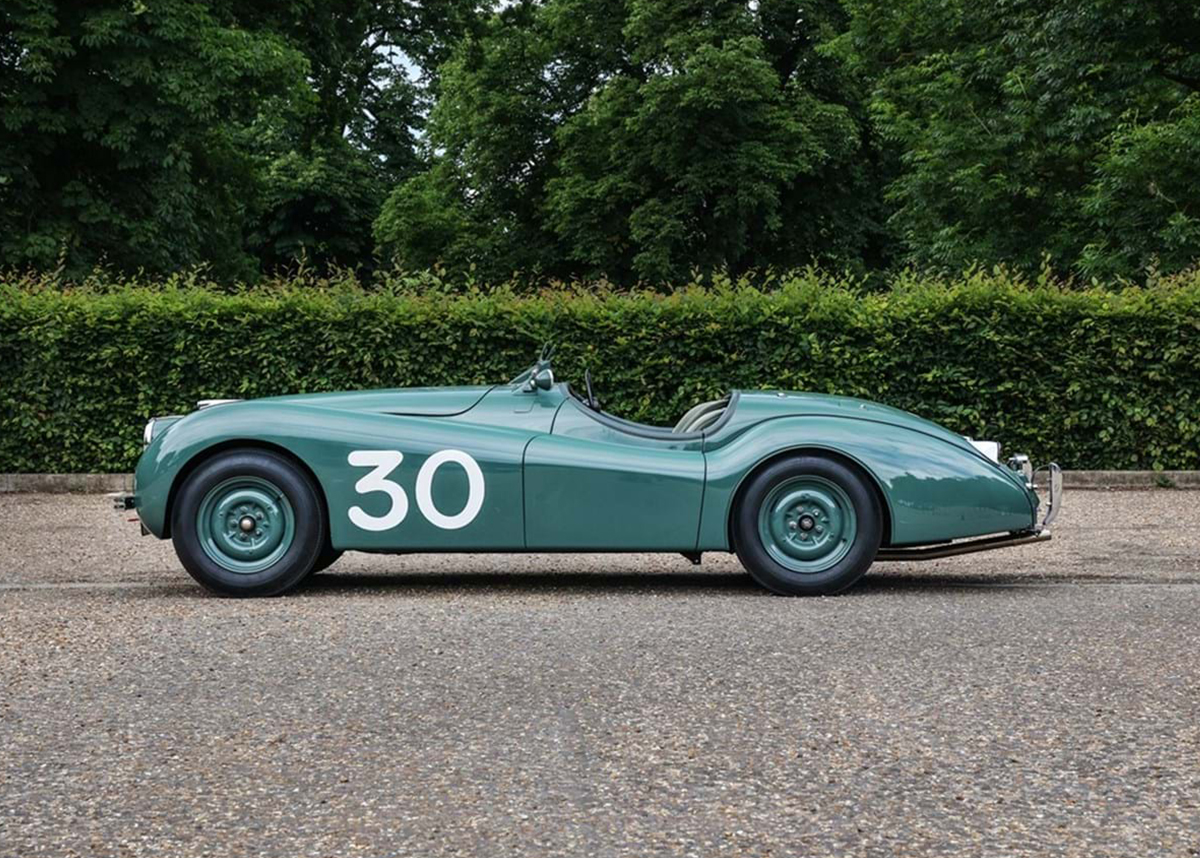
The three cars, respectively, were estimated at £595,000-£650,000, £540,000-£590,000 and £590,000-£670,000, and all three went unsold.

When you add to this the fact that a 1971 Mercedes-Benz 600 Pullman Limousine (£190,000-£230,000) and a 2005 Mercedes-Benz SLR McLaren (£220,000-£275,000) also failed to find new homes, all in all, it wasn’t a good day for supercars.
Are prices falling? Not so fast. Let’s consider what I wrote earlier even if one look at the course of the Maserati Bora tells us quite a bit: in the last 12 months, four Maserati Bora 4.7 cars have come up for auction, with prices between €90,000-€120,000 (in need of restoration) and €200,000-€250,000 (for one in Concours conditions with 10,400 km on the clock). Of these, only two were sold and in both cases, they changed hands for less than their pre-sale estimates. The 1976 example offered by Historics was without question one worth looking at. Belonging to the same family and perfectly restored, it came without reserve and sold for £101,880 (€118,410), well below the considerable cost of restoration of £150,000.
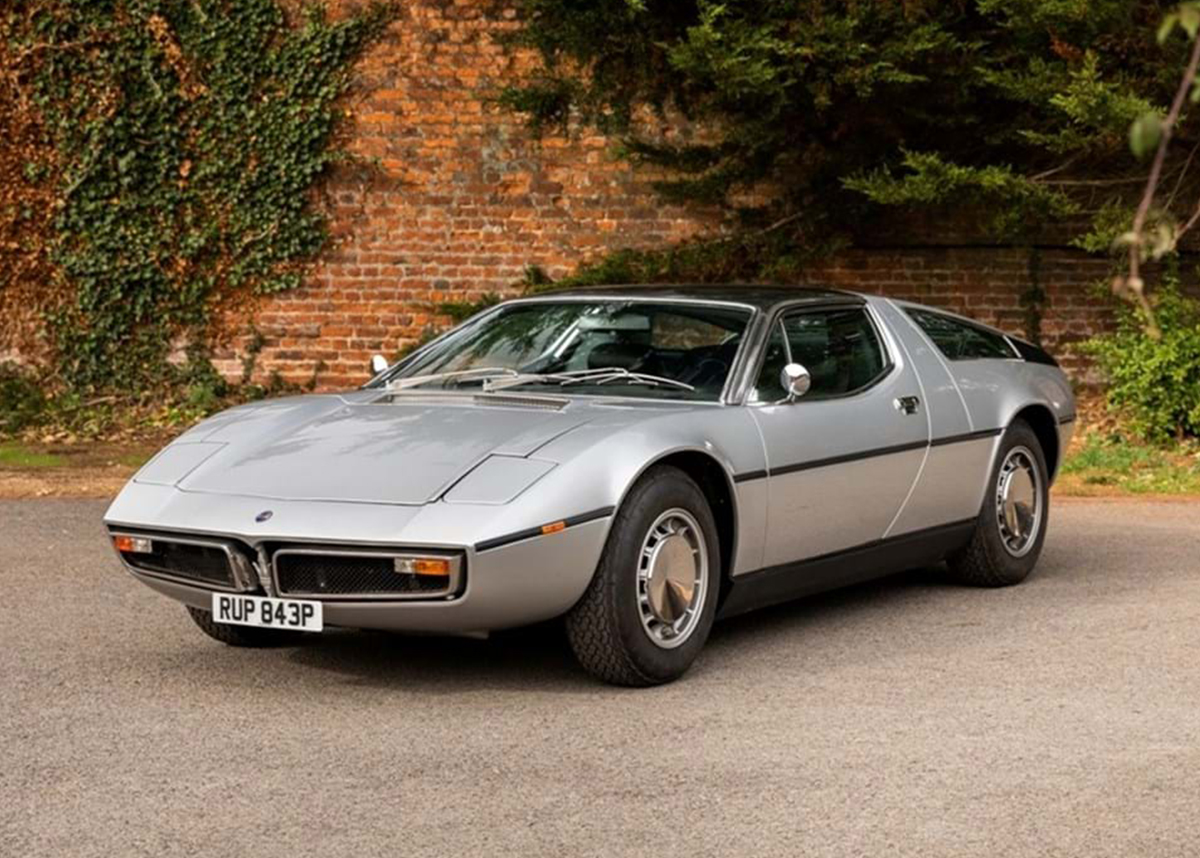
But let’s look at the other, the more positive side of the coin: more than a few beautiful surprises came together. For example, a 1973 BMW 2002 TII originally equipped with the rare Lux interior, transformed in the late 90s into a rally car but easily brought back to its original condition, estimated at £28,000-£34,000 (in line with the market) climbed steadily all the way up to £41,884 (€48,680).
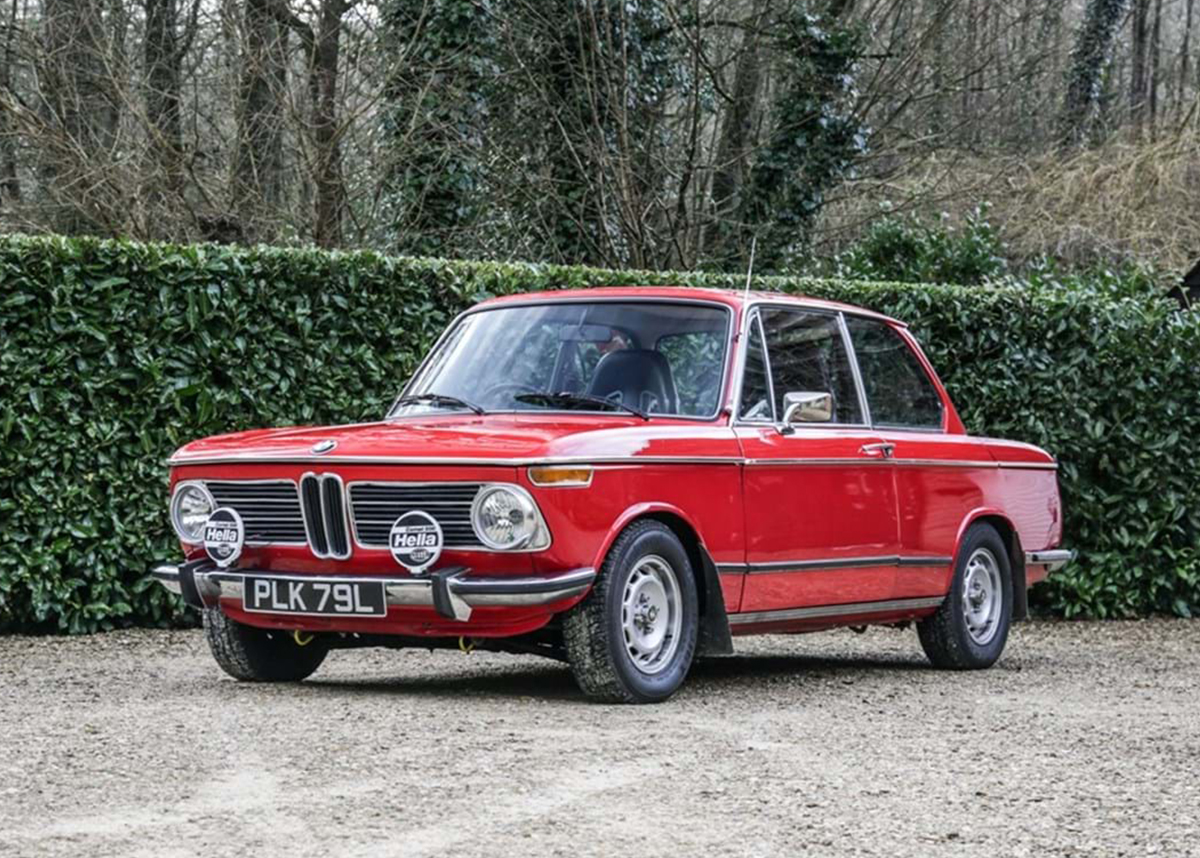
Then the deal of the day: the 1988 Ferrari Mondial 3.2 Cabriolet in need of a complete restoration. This model is currently flying and the original black body with grey interior combination on this car was magnificent. The current record for the model is $132,000 (roughly €129,500) but normal examples go for anywhere between £40,000 and £50,000. Having paid £13,018 (€15,130) for it is certainly a good start, but it remains to be seen how much the restoration will cost.
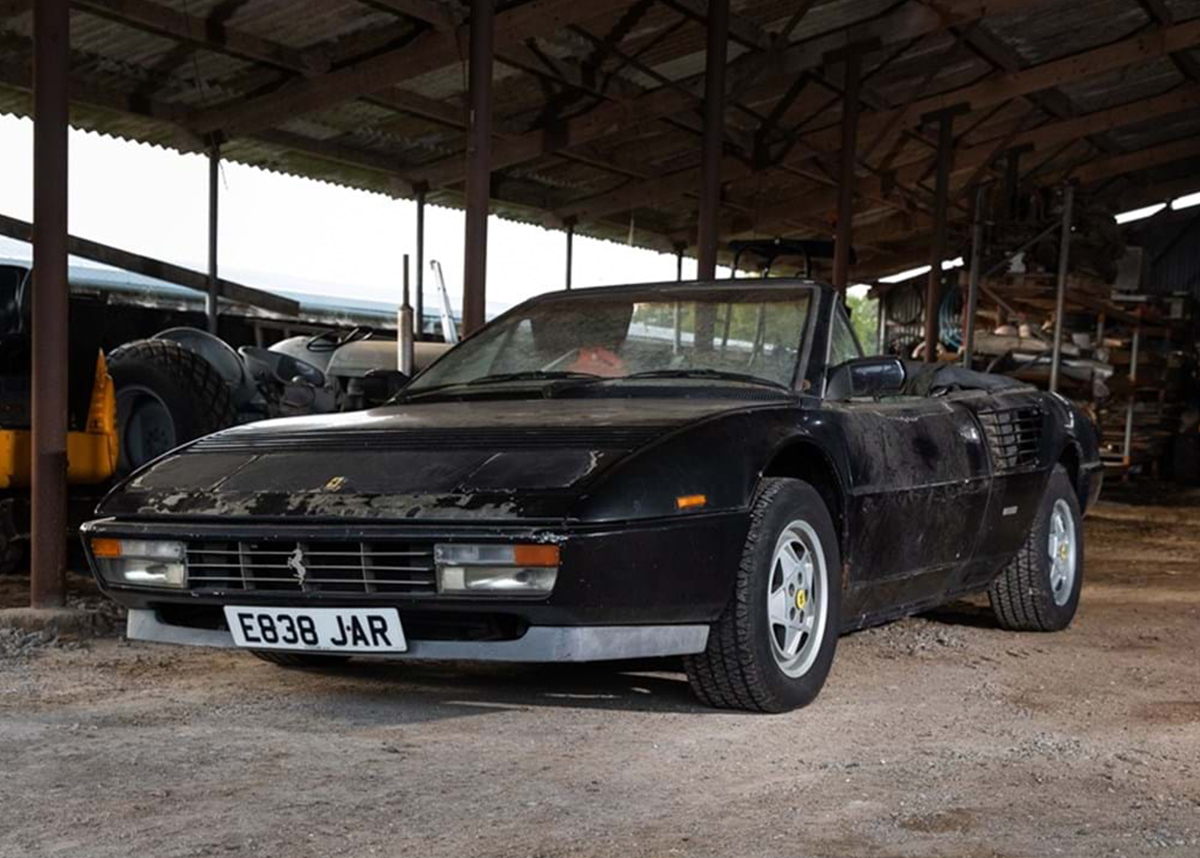
Then the car I would have taken home: the Jaguar X-Type 3.0 V6 AWD Estate had all the features – and details – I could look for from a car. A more powerful version, a delightful Emerald Fire exterior, the most beautiful color you could choose from the Jaguar color range, and the thing that made me fall in love with it: the “XJR style” honeycomb front grille. This unique feature, requested by its first owner, made the difference: Her Majesty Queen Elizabeth. The price? For a normal example, prices oscillate between £3,000-£5,000 but this one was truly special: and being part of the Royal Household multiplied that value by ten. Sold for £39,200. The celebrity multiplier always works.
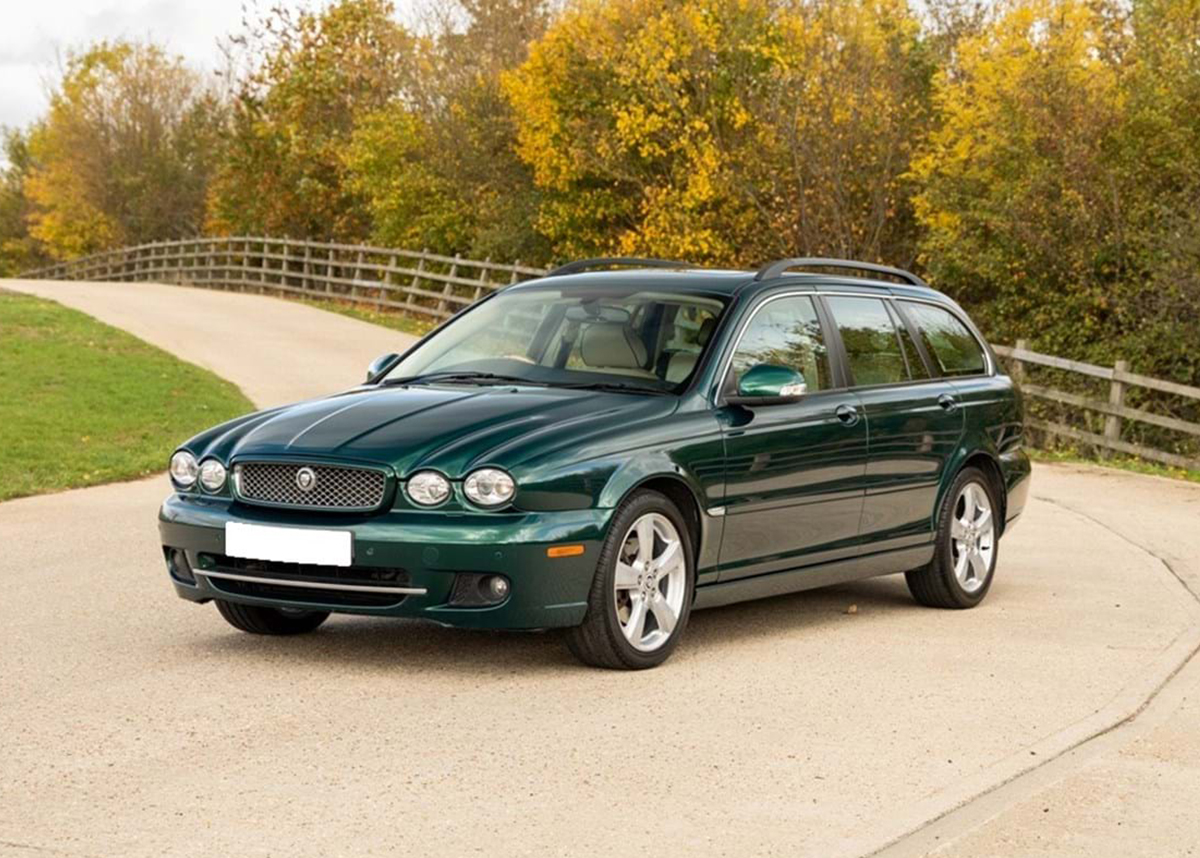
One last curiosity: the three most-expensive cars were sold for almost at the exact same price: a 1913 Renault DQ, a car powered by an 8.5 litre engine producing 45 bhp. Estimated at £58,000-£68,000 and sold for £130,180 (€151,300), more than double the estimate.
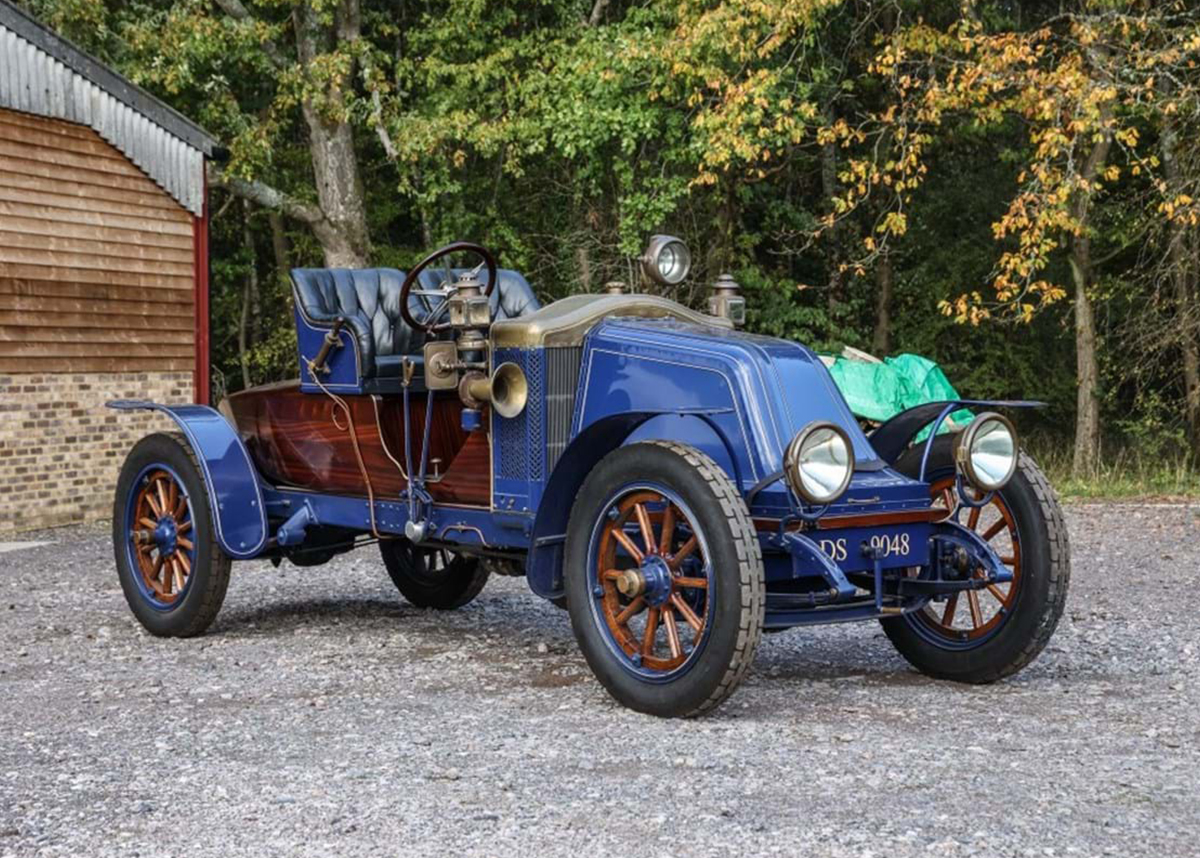
A 1992 right-hand drive Porsche 964 Turbo with just 49,000 miles on the clock and estimated at £125,000-£155,000 arrived at a very respectable £132,000 (€153,415).

But the highest price paid was for a 1962 Jaguar E-Type S1 3.8 Roadster. Perhaps because it was left-hand drive (which may have attracted buyers from the US and Europe as well) or even the beautiful Opalescent Grey over a red interior colour scheme, or the complete restoration carried out in 2017, but at £132,160, it sold squarely within its estimate of £130,000-£150,000.
